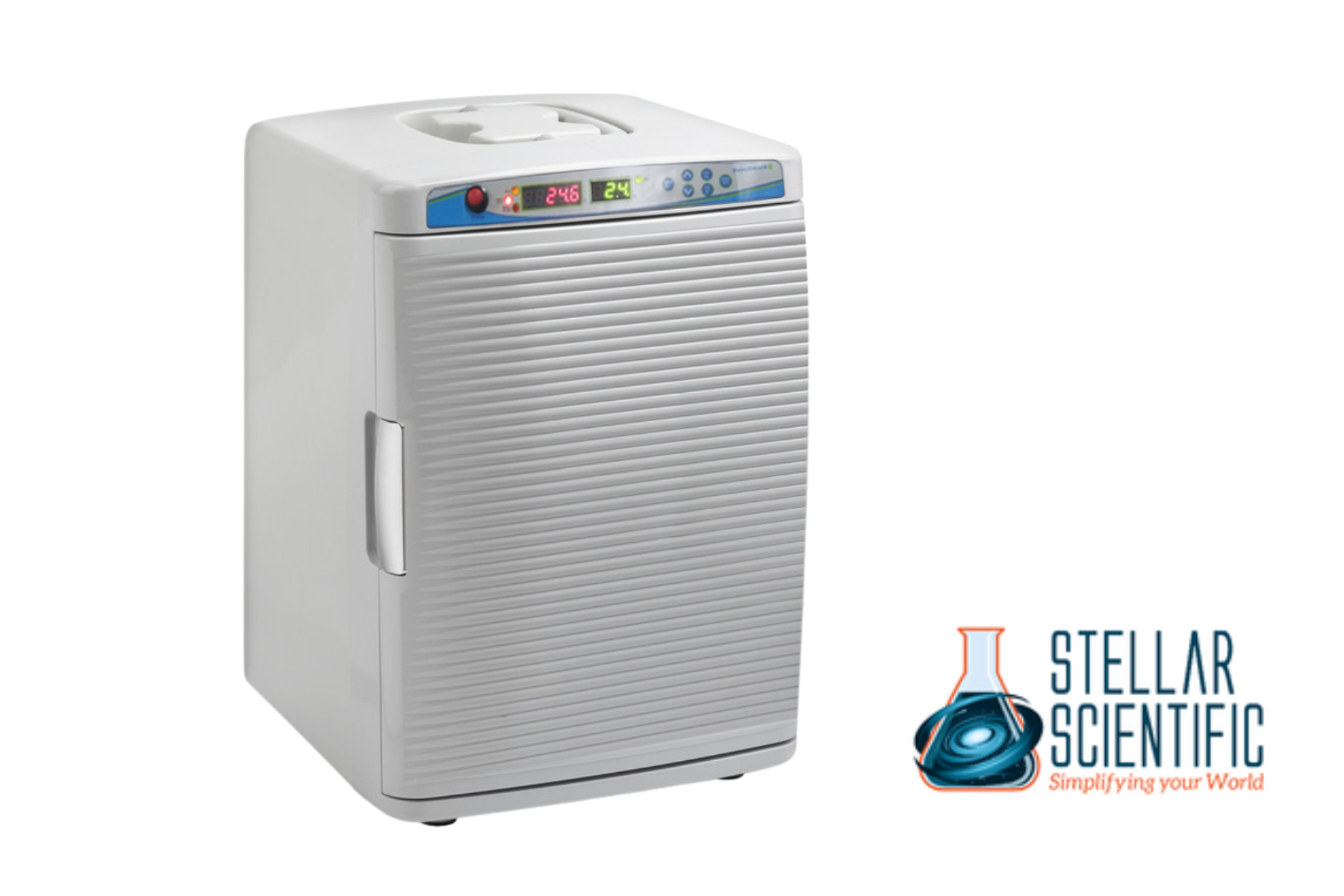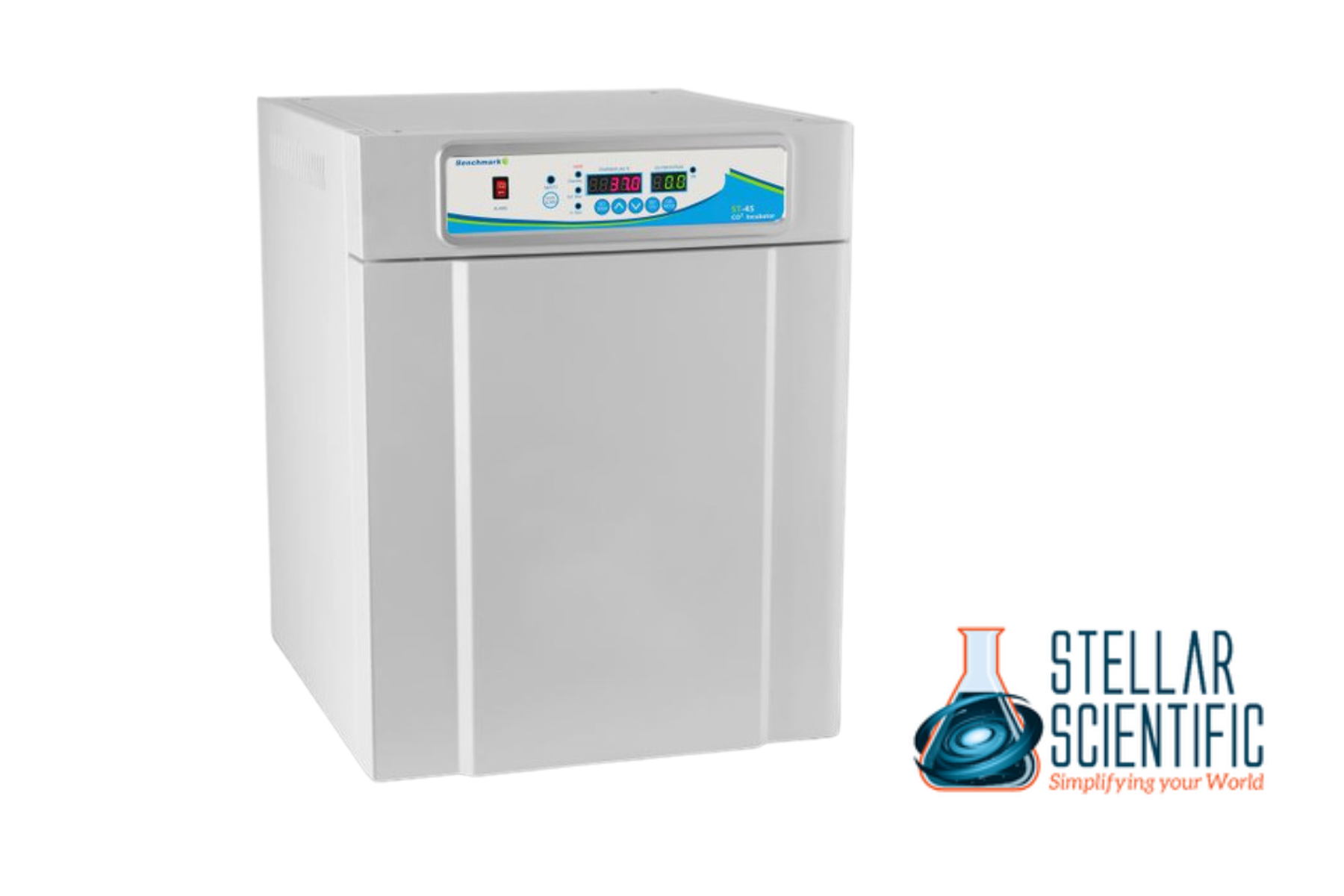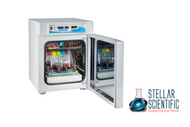High-Heat Decontamination Strategies in CO₂ Incubators: Evaluating Efficiency and Sterility Outcomes
12th Sep 2025
When it comes to maintaining a sterile environment for sensitive cell cultures, CO₂ incubator play a crucial role in laboratories worldwide. The need for an effective and reliable method of decontamination is imperative for preventing contamination that could negatively impact research and experimentation. High-heat decontamination strategies are widely adopted in CO₂ incubators to combat bacterial, fungal, and viral contaminants, ensuring the integrity of cell culture experiments. This article explores the efficiency and sterility outcomes of these strategies, delving into their effectiveness, advantages, and limitations.
The Role of CO₂ Incubators in Laboratory Research
CO₂ incubators are a standard tool used in scientific research, particularly in the fields of cellular biology and tissue culture. These devices create a controlled environment for growing cells, regulating temperature, humidity, and CO₂ concentration to mimic the conditions of the human body. When working with delicate biological specimens, even the smallest contamination can interfere with results, making regular decontamination essential.
For those working with cell culture, having a clean, sterile environment is crucial. CO₂ incubators used in cell culture are designed to maintain ideal conditions for growing cultures, including precise control over CO₂ levels to regulate pH. This creates an ideal environment for sensitive research. However, despite their closed-system nature, contaminants can still enter and affect the incubator's contents, which is where decontamination protocols, such as high-heat decontamination, come into play.
What is High-Heat Decontamination?
High-heat decontamination is a method used to sterilize CO₂ incubators by exposing them to elevated temperatures for an extended period of time. The process effectively kills harmful microorganisms, including bacteria, fungi, and viruses, without the need for chemical agents. It is an efficient way to maintain a sterile environment within incubators while reducing the risks associated with chemical residue.
The process typically involves raising the internal temperature of the CO₂ incubator to a level that is lethal to most microorganisms. This can range from 160°C to 180°C (320°F to 356°F), depending on the specific model and manufacturer guidelines. The heat treatment ensures that any microbial contamination is eradicated, leaving the incubator free of harmful pathogens. This process is often integrated into the incubator's cleaning cycle, allowing for minimal disruption to laboratory workflows.
How Does High-Heat Decontamination Work?
The effectiveness of high-heat decontamination lies in its ability to kill microorganisms by subjecting them to heat that disrupts their cellular structures. Proteins and enzymes within cells are denatured under high temperatures, leading to cell death. Additionally, DNA and RNA are damaged beyond repair, preventing the microorganisms from reproducing.
During the high-heat cycle, the CO₂ incubator’s temperature is elevated, and the heat is maintained for a set duration. This ensures that even microorganisms that might be hiding in cracks or hard-to-reach areas of the incubator are exposed to lethal temperatures. The process is often automated, meaning that users can set the decontamination cycle without needing to be present, adding convenience to the overall process.

Efficiency of High-Heat Decontamination in CO₂ Incubators
The efficiency of high-heat decontamination is largely dependent on the type and severity of contamination as well as the temperature and duration of the heat treatment. Studies have shown that high-heat decontamination can effectively eliminate a broad spectrum of microbial contaminants, including bacteria like Escherichia coli (E. coli), fungi like Aspergillus species, and viruses.
One significant advantage of this method is its ability to sterilize the entire incubator, including hard-to-reach areas where contamination might linger, such as air vents, humidity reservoirs, and shelves. This comprehensive decontamination approach ensures that the environment inside the incubator remains sterile and safe for sensitive cell cultures.
High-heat decontamination is also considered highly reliable because it does not leave behind chemical residues. This is crucial in environments where chemical contamination could interfere with experiments or damage sensitive cell cultures. Moreover, it provides a quicker turnaround compared to chemical treatments, reducing downtime in the lab.
However, the efficiency of high-heat decontamination can be influenced by factors such as:
- Size and design of the incubator: Larger incubators or those with intricate designs may require longer exposure times to ensure effective decontamination.
- Type of microorganism: Some microorganisms may be more heat-resistant than others, which could impact the effectiveness of high-heat treatment.
Sterility Outcomes After High-Heat Decontamination
The ultimate goal of any decontamination process is to ensure the sterility of the incubator. High-heat decontamination strategies, when executed correctly, have been shown to yield high sterility outcomes. The process is particularly useful for eliminating biofilms, which are clusters of bacteria that adhere to surfaces and are notoriously difficult to remove through regular cleaning protocols.
Sterility testing can be conducted after the high-heat cycle to verify that the CO₂ incubator is free from microbial contamination. This typically involves taking swab samples from various parts of the incubator and testing them for microbial presence. If no growth is observed, the sterilization process is deemed successful.
While high-heat decontamination is effective in most cases, it is important to regularly monitor and maintain the incubator to ensure long-term sterility. Factors such as improper sealing of the incubator or contamination during maintenance can result in reinfection, making continuous monitoring essential.

Advantages and Limitations of High-Heat Decontamination
Advantages:
- Chemical-free: Unlike chemical decontamination methods, high-heat decontamination does not involve potentially harmful chemicals, making it safe for sensitive experiments.
- Thorough sterilization: The heat treatment ensures that every surface inside the incubator is exposed to lethal temperatures, effectively eliminating a wide range of contaminants.
- Minimal downtime: The automated nature of high-heat cycles reduces the time spent on manual cleaning, making it a more efficient option for busy laboratories.
Limitations:
- Wear on incubator components: Prolonged exposure to high temperatures could potentially cause wear and tear on certain incubator components, especially seals and gaskets, over time.
- Energy consumption: High-heat decontamination requires significant energy to raise the incubator’s temperature to the necessary level, leading to higher energy consumption.
- Not effective against all contaminants: While high-heat decontamination is highly effective, some heat-resistant microorganisms may still survive the process.
To Sum Up
In laboratory settings where the sterility of CO₂ incubators is crucial, high-heat decontamination strategies offer a reliable, effective method for ensuring microbial safety. The ability to kill a wide range of contaminants without leaving behind chemical residues is a significant advantage. However, understanding the limitations and regularly maintaining the equipment are essential steps to ensure consistent sterility and efficiency.
For laboratories seeking a dependable CO₂ incubator for cell culture, high-heat decontamination is an essential practice to maintain the integrity of sensitive cell cultures. Ensuring the proper care and cleaning of incubators allows researchers to focus on what matters most: advancing their studies with the confidence that their cultures are free from contamination.
About Stellar Scientific
Stellar Scientific is a leading provider of high-quality laboratory equipment and scientific solutions. We offer a wide range of incubator CO₂ designed to meet the needs of research and cell culture environments. Our products are crafted to deliver precision, reliability, and convenience for laboratories in various sectors. With a focus on innovation and customer satisfaction, Stellar Scientific is committed to providing the tools needed for success in scientific research. Visit Stellar Scientific to learn more about our products and services.

